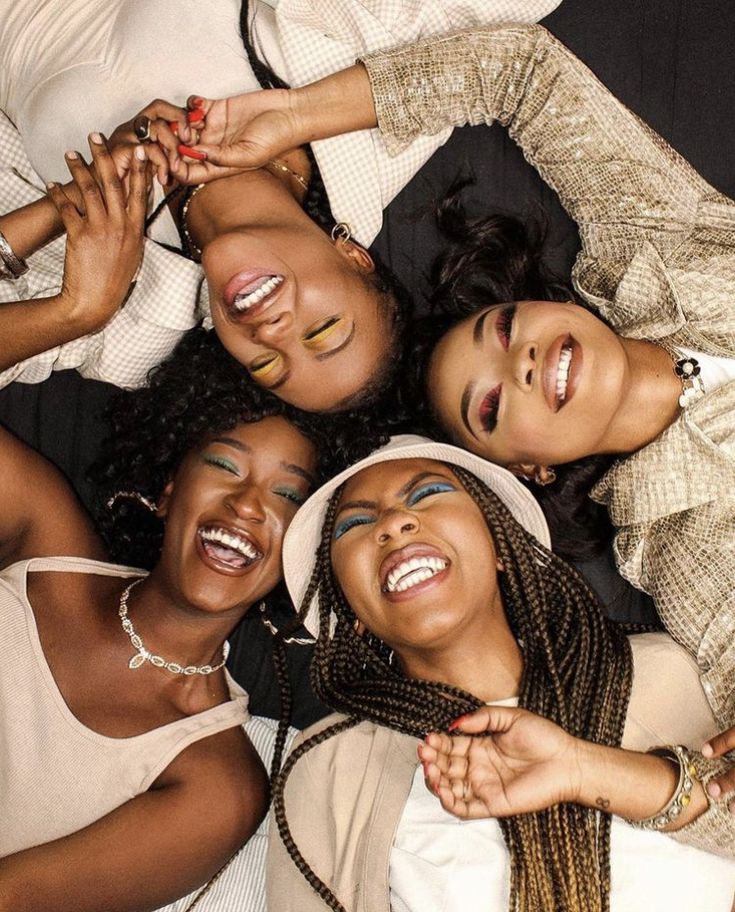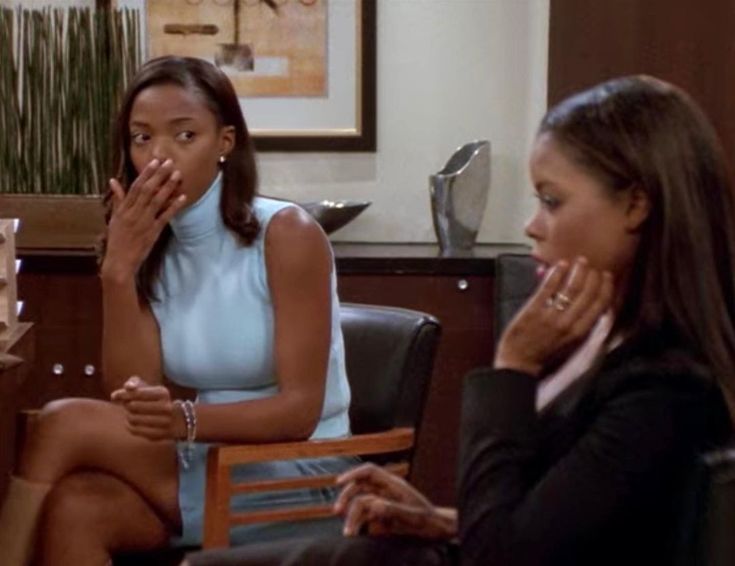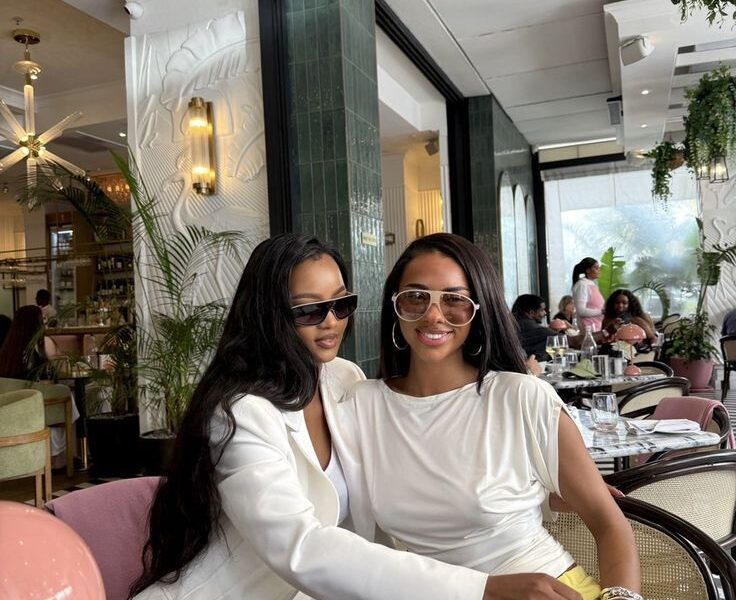When I was younger, friendship felt like oxygen. Automatic. Effortless. Someone saving you a seat in class, waiting at the school gate, or calling your house at 9 pm with absolutely nothing to say.
At sixteen, I assumed that ease would last forever. That adulthood would just be the same, but with bigger houses, more money, and better outfits, surrounded by “my people,” always one call away at midnight.
But somewhere between finishing school, building a career, moving cities, and watching people get swallowed whole by marriage, children, or just plain life, I looked up and realised something: I didn’t have the default closeness I thought I would.
Friendship had become… paperwork.
The scheduling, the “let’s catch up soon” that never materialises, the months slipping away until your so-called best friend is basically an acquaintance with shared memories.
And the question kept gnawing at me: why does making friends as an adult feel so impossible? Like climbing a mountain in shoes two sizes too small.
Why It Was Easier Before to Make Friends
Think about it. As kids, friendships weren’t built; they were absorbed. You sat next to someone in class, borrowed their eraser, and suddenly, you were inseparable. University gave us long nights of gist in hostel rooms, a cafeteria table that became our spot, and the illusion that the future would always make space for these connections.
Back then, the foundation of friendship was proximity and repetition. Same school. Same streets. Same endless hours to talk nonsense. It wasn’t about who you were; it was about who was there.
Adulthood rips that foundation away.
- People scatter. Jobs pull them into new cities or new time zones.
- Partners and children reorganise their priority lists.
- Work stretches until it bleeds into weekends.
- Trust, once automatic, now comes at the end of long vetting processes – because life has already shown us that not everyone means well.
And the older you get, the more your social world narrows. It’s not that you’re awkward, unlikable, or lazy. It’s that the entire terrain of friendship shifts under your feet once you step into adulthood.
The Weight of Vulnerability: What No One Prepares You For
Here’s the other thing: making friends as an adult requires a level of intentionality that can feel humiliating.
You can’t just wander over to someone’s desk and ask if they want to play during lunch break. You have to text: “Hey, want to grab lunch?” And then you sit with the silence if they don’t respond. You risk looking like you care more, and nothing feels lonelier than that.
If you’re neurodivergent, the challenges double. Reading social cues. Initiating without spiralling into “am I too much?” Finding groups where your quirks don’t feel like liabilities. It’s exhausting. Many of us retreat into safe solitude rather than risk the awkwardness.
But the cost of retreat is heavy. Neuroscientist John Cacioppo once explained that loneliness functions much like hunger or thirst, an evolutionary signal that something essential is missing. It won’t kill you immediately, but over time, it erodes your health and your sense of self.
That’s why, despite the awkwardness, the ghosted texts, the failed attempts, I kept trying. And slowly, I found things that helped.
What Actually Helped Me in Making and Maintaining Friendships
Here’s the thing: I didn’t find “the secret.” I didn’t suddenly stumble into a ready-made tribe of soulmates. What I found were small, practical shifts that made the search less painful and the connections more real. And none of them were “just catch up more often.”
1. Saying Yes to the Small Invites
Not every connection starts with a big birthday dinner. Sometimes, friendship grows in the smallest cracks of the day.
I learned to say yes to those little openings: when someone sends me a funny meme and I actually respond instead of just liking it. When a colleague offers to split an Uber, and we end up talking about everything from Lagos traffic to our childhood TV shows.
It’s easy to dismiss these as nothing, polite gestures, or filler moments. But these are the places where trust sneaks in. You don’t need to plan a grand hangout. Sometimes friendship begins with a laugh you didn’t expect, in a ride you almost took alone.
2. Escaping the Catch-up Trap
For a long time, I thought friendship meant scheduling a big catch-up every few months. The kind where you sit down for brunch, trade life updates, and then disappear from each other’s orbit again until the next calendar reminder.
It felt safe and grown-up, but I realised it was a trap. Those catch-ups gave me the illusion of closeness without the substance. I knew the headlines of my friends’ lives, but not the small details that made them feel real. I knew they had a new job or a new flat, but not the movie they were obsessed with or the petty thing that annoyed them yesterday.
Friendship can’t survive on highlight reels. It needs the everyday touches that remind you someone is present in your life, not just a guest appearance. Once I stopped relying on biannual reunions to hold my friendships together, I started paying more attention to the little interactions in between. That was where the real connection lived.
3. Letting Friendships Have Categories
For years, I wanted every friend to be everything. Ride-or-die. Maid of honour. Therapist. Travel buddy. Gossip partner. That kind of pressure didn’t build closeness, it suffocated it.
Now I let people be what they are. The work friend I laugh with on Slack. The friend I share a glass of wine with. The Instagram friend who DMs me unhinged memes at 2 am. The gym buddy who makes sure I don’t skip leg day.
Not every friend has to carry every piece of me. Some are for laughter, some are for honesty, some are just for company when I don’t want to be alone. Accepting that freed me from disappointment and made my friendships lighter. I stopped asking people to be more than they could, and I started enjoying them for what they already were.
4. Investing in “Two-Hour Friendships”
Sometimes a friend is only meant to last for a night out or a one-off conversation. I used to feel sad about those fleeting connections, like they didn’t count because they weren’t permanent.
Now I see them differently. Two hours of laughter at a wedding table with someone I’ll never see again still nourishes me. A simple conversation at a concert can brighten an entire day.
Friendship doesn’t have to last forever to matter. Sometimes it’s enough that it makes me feel seen, even just for a moment.
5. Making the First Move — Without Keeping Score
For a long time, I kept a quiet scoreboard in my head. I texted last time, so now it was her turn. I invited her out twice, so she owed me the next one. It felt fair, but in reality, it left most of my friendships stuck in silence.
Eventually, I decided to stop counting. If I wanted to reach out, I did. If I wanted to invite someone, I asked. Sometimes they didn’t respond. Sometimes the plan fizzled. But sometimes they matched the effort, and those are the friendships that grew stronger.
I realised that keeping score was about protecting my pride, not building a connection. The moment I dropped it, the weight lifted. Friendship became less about balancing a ledger and more about enjoying the people who wanted to be there.
Read Also: The Importance of Friendship in Professional Growth
6. Dropping the Pretence of Perfection.
For years, I stalled on inviting people over because my space didn’t look Instagram-ready. The dishes weren’t done, my laundry was in a corner, or I didn’t feel “put together.” So I cancelled plans and waited for the mythical day when everything looked perfect.
That day never came. What did come was one evening when a friend sat on my couch while I folded clothes. We drank cheap wine, talked about everything and nothing, and laughed until it hurt. It was one of the best nights I’d had in a long time.
I realised that people weren’t coming for curated perfection. They were coming for me. The moment I dropped the pretence, friendships deepened. Letting people see the mess, the real and unpolished version of my life, made the connection feel more human.
7. Creating Friendship Rituals
Some of my strongest friendships aren’t built on big outings or deep conversations but on small rituals. A voice-note chain that never really ends. A weekly check-in call on Sunday evenings. A tradition of sending each other photos whenever we try a new restaurant.
These habits may not seem serious, but they create a private language. A signal that says, this is ours. Rituals turn ordinary interactions into something that belongs only to the two of you.
In the long run, it’s not always the milestones that glue friendships together. Sometimes it’s the little traditions that remind you someone is choosing to stay present in your life.
8. Accepting Seasonal Friends Without Guilt
I used to grieve hard when friendships drifted. I thought it meant I had failed, or that the friendship was never real to begin with. But I’ve come to see that some people are meant for chapters, not lifetimes.
There were friends who fit perfectly into my broke uni years. Friends who carried me through heartbreak. Friends who made sense in my early career chaos. Not all of them are still here, and that no longer feels like a loss.
Seeing friendship as seasonal freed me from clinging to what had already run its course. It helped me enjoy people more fully while they were present, instead of mourning them once they were gone. Some friends are forever, but many are for a season, and that’s okay.
9. Building Micro-Communities
For years, I chased the dream of a giant friend group. The kind you see in TV shows where everyone magically has the same schedule and shows up at the same café every day. Real life rarely works like that.
What did work was leaning into smaller circles. A WhatsApp group of three women obsessed with the same TV show. A book club that sometimes talked more about food than books.
These micro-communities took the pressure off. They were easier to sustain and often more intimate. Instead of trying to manage one big, all-consuming group, I found comfort in smaller spaces where the connection felt lighter but also more consistent.
10. Designing Low-Effort Friendships
For a long time, I thought friendship had to be a full production. Long brunches, curated outings, carefully planned catch-ups. But most of the connections that lasted in my life were the simple ones.
Going grocery shopping together. Walking home from work side by side. Sending quick voice notes instead of trying to schedule a long call. The less admin we added to friendship, the easier it was to keep it alive. It turned out that showing up in the ordinary was often enough.
The Shape Friendship Takes Now
Here’s the truth: making friends as an adult is hard. It is riddled with fear, rejection, logistics, and vulnerability. But it is not impossible.
I don’t have the constant swarm of besties I imagined at sixteen. What I have is different: smaller, sometimes seasonal, sometimes messy, occasionally fleeting. But real.
Because friendship doesn’t always look like a carefully curated brunch photo, sometimes it looks like laughing with a stranger at a concert. Sometimes it is a quick voice note that makes you feel less alone. Sometimes it is sharing a meal or talking about your favourite artist with someone who just gets it.
And maybe that is enough.
We may never meet friends on the playground again. But we can still find our people, often in the tiniest and most unexpected places.



